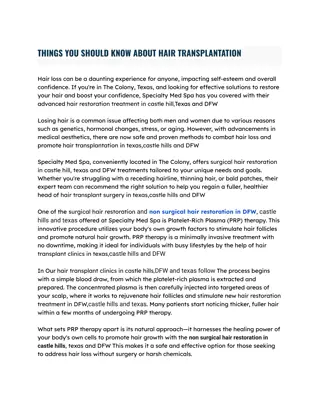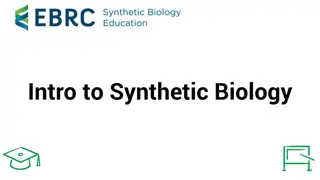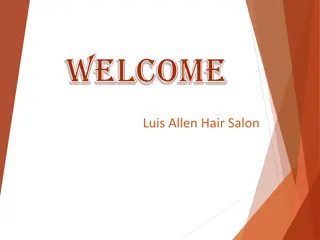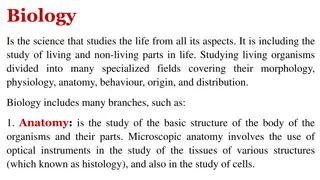The Biology of Hair: An Overview of Hair Structure and Composition
The biology of hair delves into its intricate structure, starting from the hair follicle to the shaft composed of cuticle, cortex, and medulla layers. Understanding these components provides insight into hair growth, texture, and overall health.
Download Presentation

Please find below an Image/Link to download the presentation.
The content on the website is provided AS IS for your information and personal use only. It may not be sold, licensed, or shared on other websites without obtaining consent from the author.If you encounter any issues during the download, it is possible that the publisher has removed the file from their server.
You are allowed to download the files provided on this website for personal or commercial use, subject to the condition that they are used lawfully. All files are the property of their respective owners.
The content on the website is provided AS IS for your information and personal use only. It may not be sold, licensed, or shared on other websites without obtaining consent from the author.
E N D
Presentation Transcript
Castration of the Rig! https://www.youtube.com/watch?v=v 8oDfmBaUgI
What is a rig? If one or both testes do not descend fully into the scrotum then the male horse is referred to as a rig/ridling or cryptorchid. The testes of this animal can be located in one of 3 places: 1. Under the skin outside the inguinal canal 2. Within the inguinal canal 3. Inside the abdominal cavity A high flanker is a horse with testes in the inguinal area outside the body cavity.
Why does this happen? - - Genetic Predisposition Insufficicent androgen (testosterone stimulation)
How does this affect the animal? - - - Sperm cannot be produced due to the elevated temperature. If both testes are cryptorchid then the animal will be sterile. The animal will be castrated and not used for breeding. Castrating should eiliminate undesired aggressive or stallion-like behaviours. Castration also prevents medical issues like testicular tumors.
How can this condition be diagnosed? - - - - - Medical Records Sedation of the animal to thoroughly examine the external inguinal area Rectal Palpation for abdominally retained tetes Ultrasound examination Hormonal testing and analysis of testosterone levels in a single blood sample.























